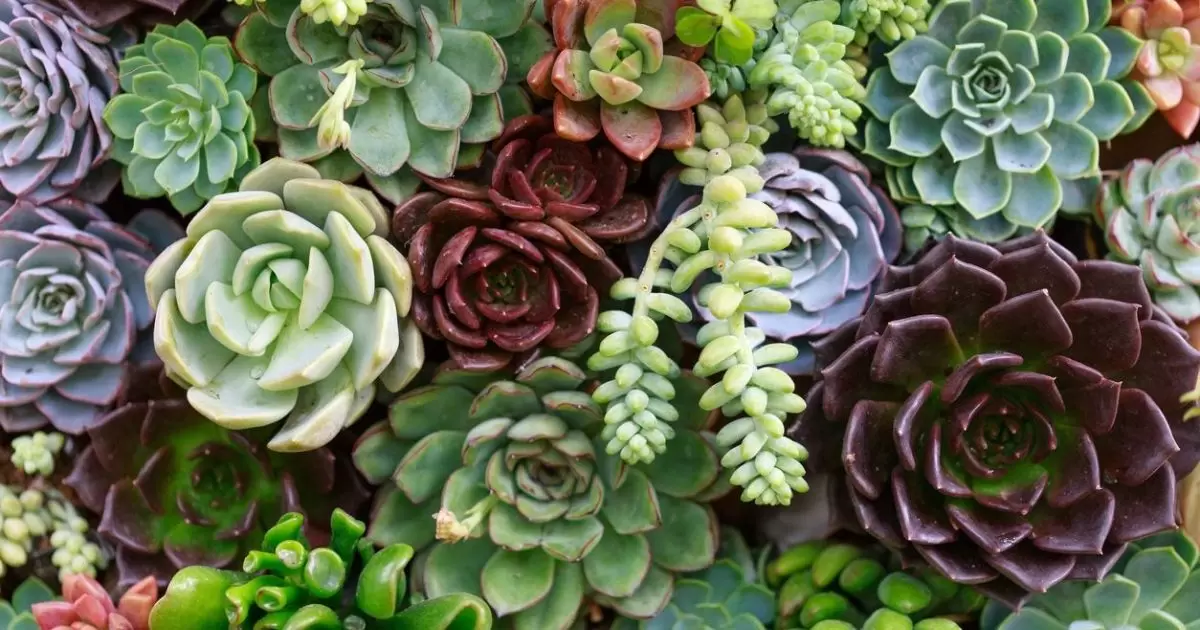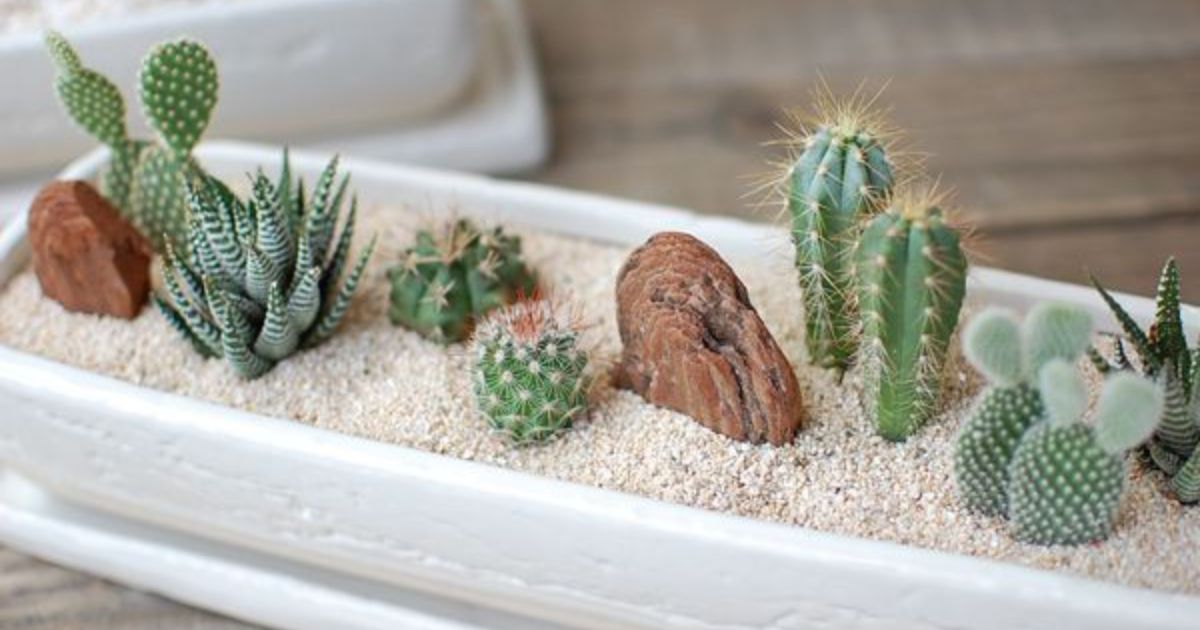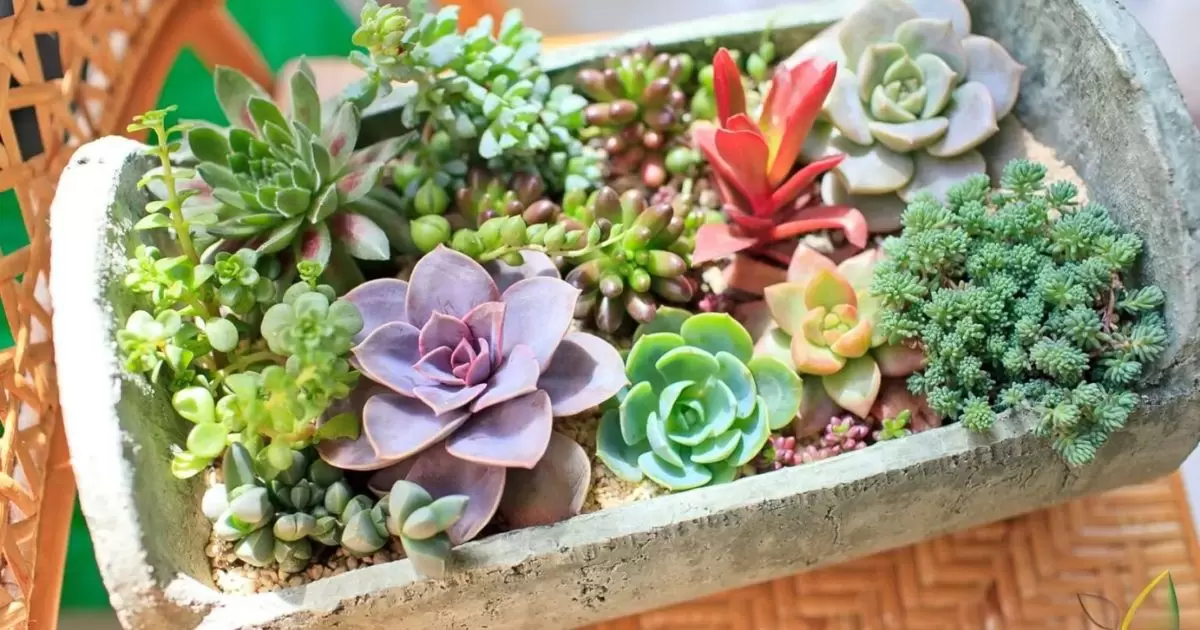When it comes to creating a beautiful and harmonious garden, many individuals seek to combine different plant varieties to achieve a sense of unity and belonging. One such combination that has gained popularity in recent years is the pairing of cactus and succulents. While cacti and succulents share similar characteristics, it is important to consider whether they can coexist in the same pot or garden. In this article, we will explore the benefits of combining cactus and succulents, how to choose the right varieties, and the care requirements to ensure their health and vitality. Whether you are a seasoned gardener or a beginner, this guide will provide you with valuable insights and tips to create a visually appealing cactus and succulent arrangement that will thrive and bring a sense of belonging to your outdoor space.
Key Takeaways
- Combining cactus and succulents enhances aesthetics and resilience in plant arrangements.
- It is important to choose the right cactus and succulent varieties based on light requirements and growth habits.
- Understanding the similar care requirements, such as watering frequency and sunlight needs, is crucial for maintaining healthy plants.
- Creating a visually appealing arrangement involves considering color combinations, container selection, and mixing different species to create height and depth.
Benefits of Combining Cactus and Succulents
By combining cactus and succulents, gardeners can enjoy the benefits of enhanced aesthetics and increased resilience in their plant arrangements. One of the main advantages of combining these two types of plants is the opportunity to create a visually stunning display by combining different textures. Cacti and succulents come in a wide range of shapes, sizes, and textures, from spiky and rigid to smooth and fleshy. By strategically placing plants with contrasting textures, gardeners can create a focal point that draws the eye and adds visual interest to their arrangements. Moreover, combining cactus and succulents also offers increased resilience to the plant arrangement. Both cacti and succulents are known for their ability to store water in their leaves, stems, or roots, making them more resistant to drought conditions. This resilience allows for easier maintenance and ensures that the plant arrangement will thrive even in challenging environmental conditions. When it comes to choosing the right cactus and succulent varieties to combine, several factors such as light requirements, growth habits, and compatibility should be considered.
Choosing the Right Cactus and Succulent Varieties

When considering combining cactus and succulents, it is essential to carefully select the appropriate varieties that complement each other in terms of light requirements, growth habits, and compatibility. Choosing the right cactus and succulent varieties can enhance the overall aesthetic appeal of your garden and promote the benefits of companion planting. Here are some important factors to consider:
- Light Requirements:
- Match plants with similar light requirements to ensure they thrive together.
- Avoid combining shade-loving succulents with sun-loving cacti, as this can lead to poor growth and development.
- Growth Habits:
- Consider the size and growth rate of each plant to ensure they have enough space to grow and do not overcrowd each other.
- Combine plants with similar growth habits to create a harmonious and visually appealing arrangement.
Understanding the Similar Care Requirements
When considering the care requirements of cacti and succulents, it is important to take into account their differences in watering frequency, sunlight and temperature needs, as well as soil and drainage considerations. While both plants are adapted to arid conditions and have the ability to store water, cacti generally require less frequent watering compared to most succulents. Additionally, cacti thrive in bright sunlight and prefer warmer temperatures, whereas some succulents can tolerate lower light levels and cooler temperatures. Finally, providing well-draining soil and pots with drainage holes is crucial for both cacti and succulents to prevent waterlogged roots and promote healthy growth.
Watering Frequency Differences
Cacti and succulents require similar care, but they differ in their watering frequencies. Understanding these differences is crucial to ensure the health and longevity of these plants. When it comes to watering techniques, cacti require less frequent watering compared to succulents. This is because cacti have adapted to arid environments and are capable of storing water in their stems and leaves. On the other hand, succulents have thicker leaves that store water, but they still require more frequent watering than cacti. To avoid root rot, it is important to allow the soil to dry out completely between waterings for both cacti and succulents. Overwatering can lead to the accumulation of moisture in the soil, causing the roots to rot. Therefore, understanding and adjusting the watering frequency according to the specific needs of each plant is essential for their optimal growth and health.
Sunlight and Temperature Needs
How do sunlight and temperature needs contribute to the similar care requirements of cacti and succulents? Both cacti and succulents have similar requirements when it comes to sunlight and temperature preferences. These plants thrive in bright, indirect light and warm temperatures. They are adapted to arid regions and have developed mechanisms to store water in their leaves, stems, or roots. Their ability to tolerate high levels of sunlight and heat makes them ideal for outdoor gardens and sunny windowsills. However, it’s important to note that different species of cacti and succulents may have varying degrees of sunlight and temperature tolerance. To give you a clearer understanding, here is a table that illustrates the general sunlight requirements and temperature preferences for cacti and succulents:
| Sunlight Requirements | Temperature Preferences |
|---|---|
| Bright, indirect light | Warm temperatures |
| Partial shade | Moderate temperatures |
| Full sun | Hot temperatures |
Soil and Drainage Considerations
To ensure the successful growth and care of both cacti and succulents, it is crucial to consider soil composition and drainage requirements. These plants have similar needs when it comes to their potting mix options and container selection. Here are a few important factors to keep in mind:
- Potting mix options:
- Use a well-draining soil mix specifically formulated for cacti and succulents.
- Avoid using regular potting soil, as it retains too much moisture and can lead to root rot.
- Container selection:
- Opt for containers with drainage holes to prevent waterlogged soil.
- Choose containers made of porous materials like terracotta, which allows for better air circulation and moisture evaporation.
Creating a Visually Appealing Arrangement of cactus and succulents

When creating a visually appealing arrangement of cactus and succulents, there are several important points to consider. Firstly, color combinations play a crucial role in creating an eye-catching display. By selecting plants with complementary or contrasting colors, the arrangement can be visually striking. Additionally, mixing different species with varying textures and shapes adds interest and complexity to the arrangement. Lastly, creating height and depth in the arrangement through the use of varying plant heights and arranging them in different layers can enhance its visual appeal.
Color Combinations for Arrangement
Effective color combinations are essential for creating a visually appealing arrangement when combining cactus and succulents together. The right color schemes can enhance the overall aesthetic and create a harmonious display. When considering color combinations, it is important to take into account the natural color variations of cacti and succulents. Here are some key points to consider:
- Color schemes:
- Complementary colors: Pairing plants with contrasting colors, such as combining a green cactus with a red or purple succulent, can create a striking visual impact.
- Monochromatic colors: Using different shades of the same color, such as varying shades of green or pink, can create a soothing and cohesive arrangement.
- Container options:
- Neutral containers: Opting for neutral-colored pots, such as white, gray, or terracotta, can allow the vibrant colors of the plants to stand out.
- Contrasting containers: Choosing containers in contrasting colors can create a bold and eye-catching arrangement, such as pairing a pink succulent with a blue pot.
Mixing Different Species
Mixing different species of cactus and succulents can result in a visually appealing arrangement that showcases the unique characteristics of each plant. By combining different species, you can create a diverse arrangement that adds interest and variety to your indoor or outdoor space. However, it is important to consider the care requirements of each species when creating your arrangement. Some cacti and succulents require more sunlight and less water, while others prefer indirect light and more frequent watering. To help you plan your arrangement effectively, refer to the table below which outlines the care requirements of popular cactus and succulent species. By considering these factors, you can create a visually stunning arrangement that not only looks beautiful but also thrives in its environment.
| Species | Sunlight Requirement | Watering Frequency |
|---|---|---|
| Echeveria | Partial to full sun | Moderate |
| Golden Barrel | Full sun | Low |
| Zebra Cactus | Partial sun | Low |
Remember to monitor and adjust the care routine as needed to ensure the health and longevity of your mixed species arrangement.
Creating Height and Depth
To create a visually appealing arrangement with cactus and succulents, it is important to consider the incorporation of height and depth. By adding variety in terms of plant sizes and shapes, you can achieve a more dynamic and interesting arrangement. Here are some strategies to create height and depth in your cactus and succulent arrangement:
- Vary the height of the plants: Choose cacti and succulents with different growth habits, such as tall columnar cacti or trailing succulents, to create a visually pleasing contrast in height.
- Use elevated planters or shelves: Placing shorter succulents in front and taller cacti in the back can create a layered effect, adding depth to the arrangement.
- Incorporate decorative elements: Adding rocks, pebbles, or driftwood can further enhance the depth and texture of the arrangement.
Tips for Potting Cactus and Succulents Together
When potting cactus and succulents together, it is important to carefully select a suitable container. The container should have good drainage to prevent waterlogged soil, as these plants are adapted to arid conditions. Terra cotta pots are a popular choice due to their porous nature.
Which allows for better airflow and evaporation of excess moisture. The container should be wide enough to accommodate the growth of the plants and provide enough space for their roots to spread. It is also recommended to use a well-draining potting mix specifically formulated for cactus and succulents.
This will prevent root rot and provide the necessary nutrients. By following these potting techniques and selecting the right container, you can ensure the health and longevity of your cactus and succulent garden. Now, let’s explore how to maintain the health of your cactus and succulent garden.
Maintaining the Health of Your Cactus and Succulent Garden
To ensure the long-term health of your cactus and succulent garden, it is important to focus on proper maintenance and care. Here are some key techniques to help you maintain the health of your garden:
- Regular watering: Cacti and succulents are adapted to arid environments and have specialized water storage tissues. Water them sparingly, allowing the soil to dry out completely between waterings. Overwatering can lead to root rot and other diseases.
- Proper lighting: Cacti and succulents thrive in bright, indirect sunlight. Place them near a sunny window or provide them with artificial grow lights to ensure they receive adequate light for photosynthesis.
- Appropriate potting techniques: Use well-draining soil specifically formulated for cacti and succulents. Choose a pot with drainage holes to prevent waterlogged roots. Repot as needed, typically every 2-3 years, to ensure proper root growth.
Dealing With Potential Challenges and Issues
Maintaining the health of your cactus and succulent garden requires addressing potential challenges and issues that may arise. One common challenge is overwatering, which can lead to root rot and ultimately the death of your plants. To avoid this, it is important to understand the water requirements of each species and ensure that you are providing the appropriate amount of water.
Another challenge is finding the right container size. Cacti and succulents have shallow root systems, so it is crucial to choose a container that allows for proper drainage and prevents water from pooling at the bottom. Additionally, selecting a container that is the right size for your plants will ensure they have enough room to grow and thrive.
By dealing with these challenges, you can create a healthy environment for your cactus and succulent garden. Now, let’s explore some inspiring ideas for cactus and succulent combinations.
Inspiring Ideas for Cactus and Succulent Combinations
To create visually captivating arrangements, consider combining different cactus and succulent species in your garden. By arranging cactus and succulents in terrariums, you can create miniature ecosystems that showcase the unique characteristics of each plant. Terrariums provide a controlled environment where these desert-dwelling plants can thrive and grow together harmoniously.
Incorporating cactus and succulents in hanging planters is another creative way to enhance the visual appeal of your space. Hanging planters not only save floor space but also allow the plants to cascade down, creating a stunning display. The combination of different textures, colors, and shapes of cacti and succulents can create a sense of belonging in your garden, as each plant complements and enhances the beauty of the others.
Frequently Asked Questions
Can you plant cactus and succulents together?
Yes, you can plant cactus and succulents together in the same container or garden bed as they have similar watering and sunlight needs.
How do you arrange succulents and cactus?
Arrange them based on their size, shape, and color for an aesthetically pleasing display. Place taller or larger plants at the back and smaller ones at the front.
What is the best mix for cactus and succulents?
The best mix for cactus and succulents is a well-draining soil mix, such as a combination of potting soil, sand, and perlite in equal parts, to mimic their natural habitat.
Conclusion
Combining cactus and succulents in a garden or arrangement can offer numerous benefits. By choosing the right varieties and understanding their similar care requirements, you can create a visually appealing and harmonious display. Potting them together requires careful consideration, and maintaining their health involves proper watering, sunlight, and soil conditions. Although potential challenges may arise, with proper knowledge and care, you can overcome them. Overall, combining cactus and succulents offers a unique and captivating garden experience, akin to a harmonious symphony of desert beauty.










